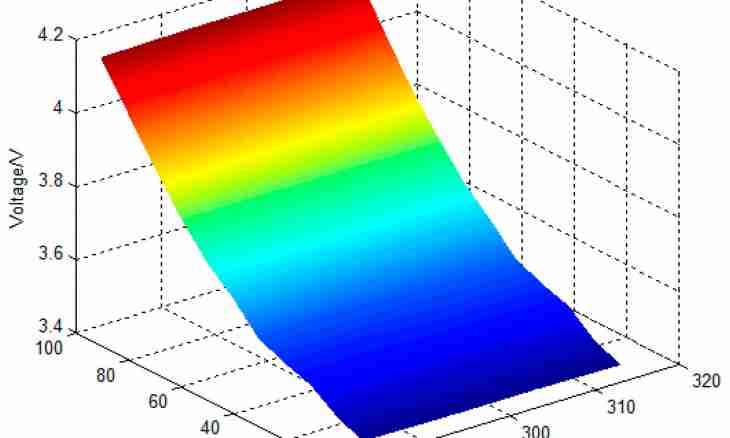Coefficients of increase in population are important indicators for calculation of demographic statistics. These data are based on information reflected in a regular census of citizens and show the natural or mechanical growth of the population of the country.
Instruction
1. The size of increase in population pays off as the difference between two indicators for the beginning and the end of the settlement period. Coefficient of increase in population is the size equal to the increase in population relation to average annual number. Total number of residents of the country is an absolute value and the number been born or number of the dead has only additional informative character, as well as other general indicators, for example.
2. Coefficients of gain are relative sizes, they have no dimension and are applied in comparative analysis to identification of the overall demographic picture. They are called relative because express themselves the relation, fraction of one absolute value to another.
3. The general coefficient of increase in population is equal to the sum of two indicators: natural and migration coefficients of gain. Natural increase of the population is a difference between the number of the been born and died people for a certain period. For receiving coefficient this size is divided into average annual number.
4. Migration gain is a difference between the number of the people who arrived in the country from other countries and quantity decreased on the permanent residence to other state. The coefficient of migration gain is also called mechanical, it is equal to the attitude of the described difference towards average annual population.
5. Average annual population – conditionally accepted size which is equal to the half-sum of population for the beginning of year and on the end of the year. At the same time it is supposed that the number of inhabitants within a year grows evenly.
6. The coefficient of natural increase of the population usually is expressed on 1000 people a year and is the most indicative characteristic of growth rates of the population.
7. On the basis of the general coefficient of increase in population the perspective population for future periods which assumes maintaining the regularities of growth defined on a settlement period of time is predicted.

